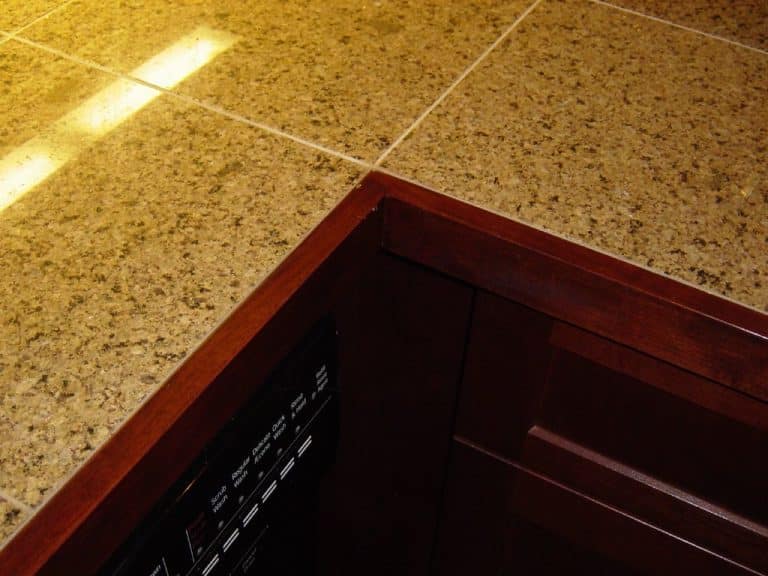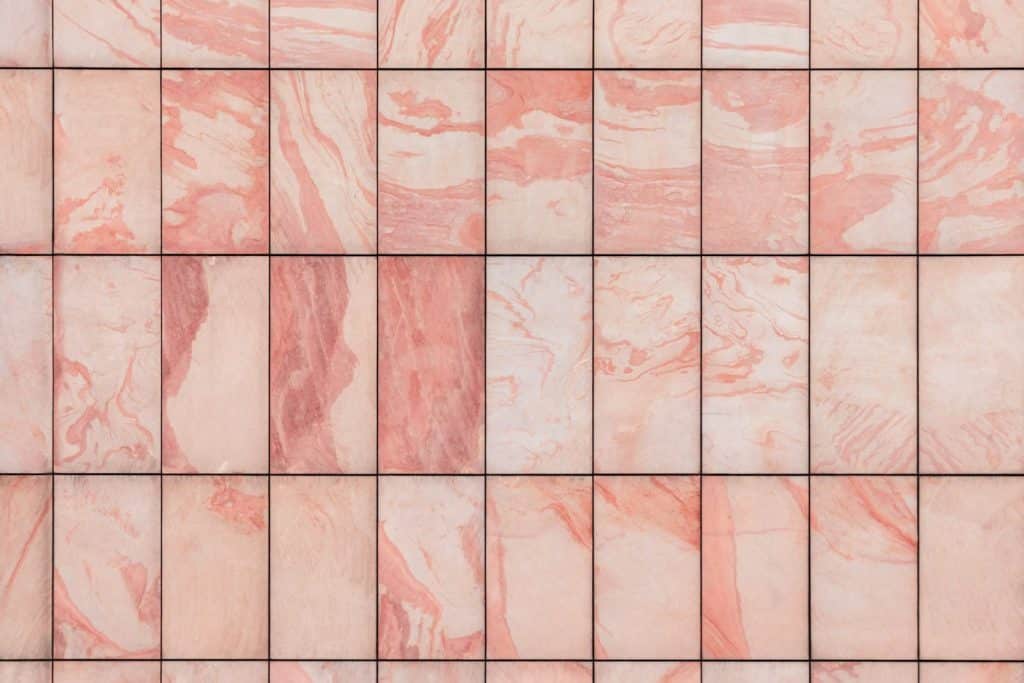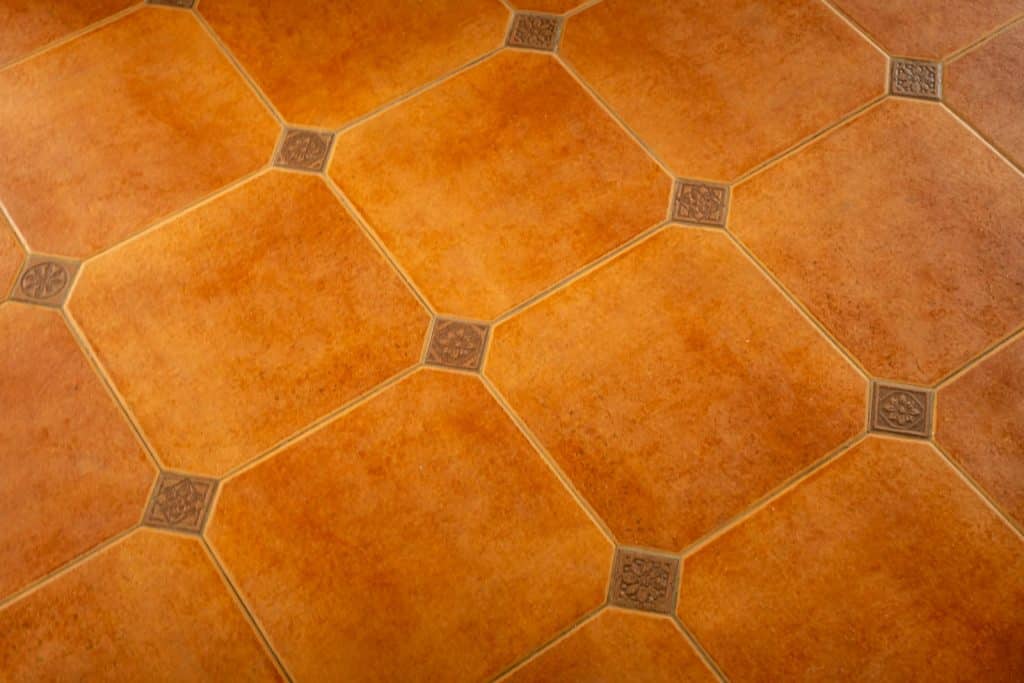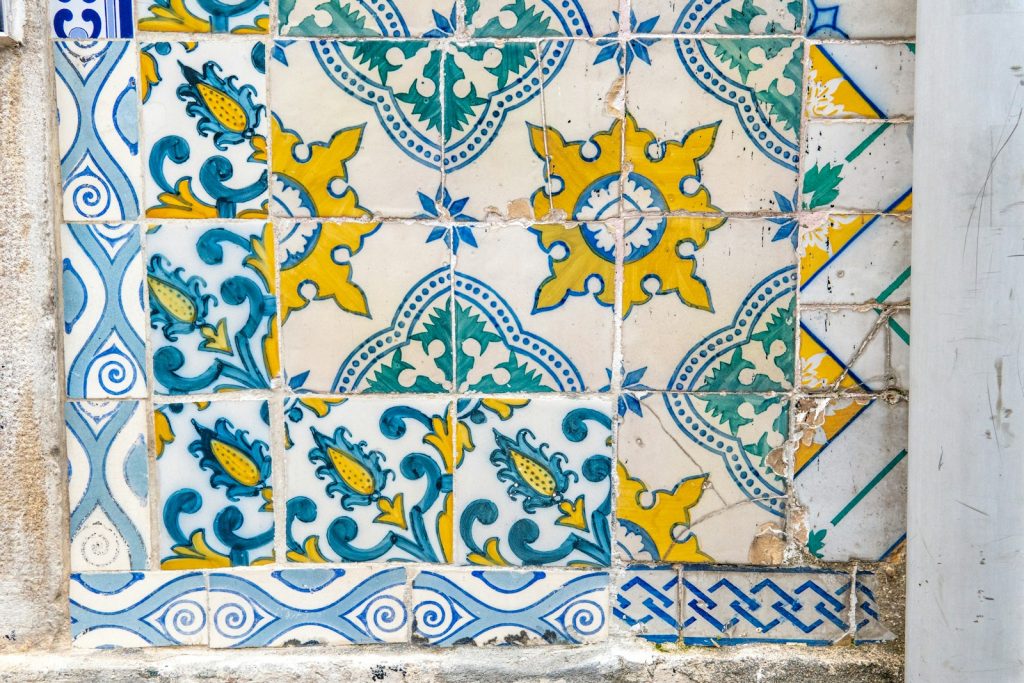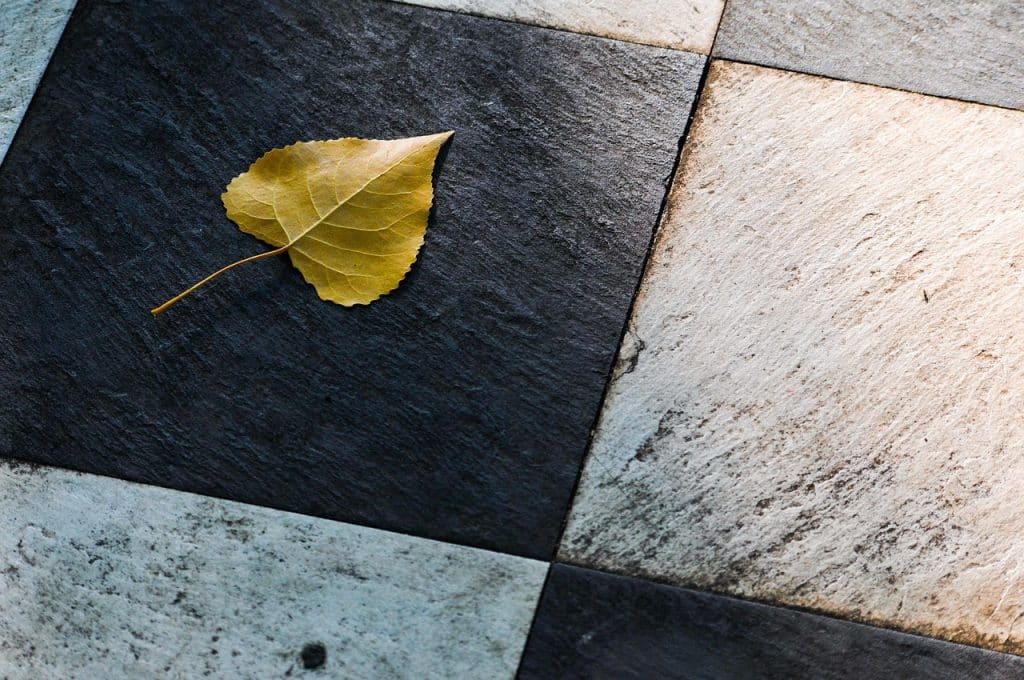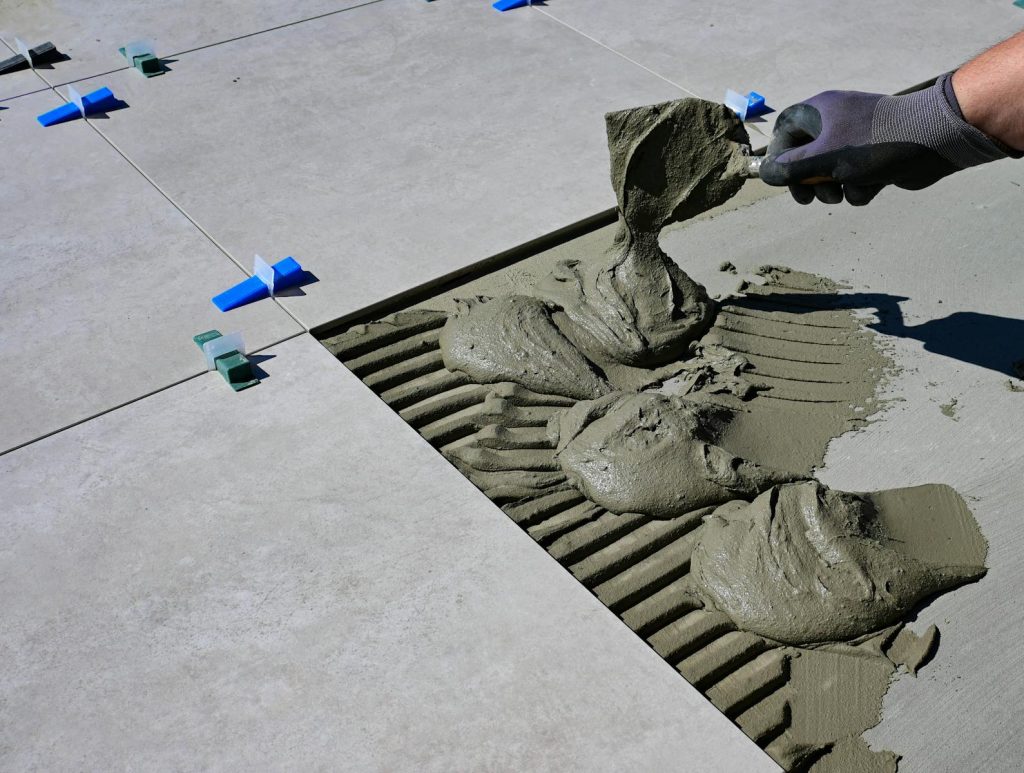When renovating a kitchen, bathroom, or flooring, homeowners often face the dilemma of choosing between granite tiles and porcelain ceramic tiles. Both materials are popular for countertops, backsplashes, and flooring due to their durability and aesthetics, but they cater to different needs. In this guide, we’ll dive into their differences in appearance, maintenance, cost, and suitability for specific projects
1. Composition and Durability
Granite is a natural stone mined directly from quarries. Each slab is unique, with variations in mineral patterns and colors like speckled blacks, grays, and earth tones. Granite ranks high on the Mohs hardness scale, making it highly scratch-resistant and capable of withstanding extreme heat (e.g., hot pots placed directly on its surface). However, its porous nature requires regular sealing to prevent stains from oil, wine, or acidic substances.
Porcelain Ceramic, on the other hand, is a manufactured product made from refined clay, feldspar, and silica. It’s kiln-fired at ultra-high temperatures, resulting in a non-porous, dense material. Porcelain tiles are engineered to resist scratches, UV fading (making them ideal for outdoor use), and moisture absorption. Advanced printing technology allows porcelain to mimic natural stone, wood, and even concrete with impressive realism.
Key Takeaway: Granite offers timeless natural beauty but needs maintenance, while porcelain is low-maintenance and versatile.
2. Aesthetic Differences
Granite’s Appeal:
Since no two granite slabs are identical, this stone adds a one-of-a-kind, luxurious feel to spaces. Its natural veining and crystalline patterns work well in traditional or rustic kitchens. Common finishes include polished (shiny), honed (matte), and leathered (textured).
Porcelain’s Versatility:
Porcelain tiles come in endless designs, from marble-look veining to geometric patterns. They’re available in large formats (like 60×120 cm) for seamless installations and can replicate high-end materials at a fraction of the cost. Glazed porcelain tiles also retain their color and shine for decades without fading.
Design Tip: Use porcelain for cohesive, modern spaces and granite for organic, statement-making surfaces.
3. Maintenance and Longevity
Granite Maintenance:
- Requires sealing every 1–2 years to prevent staining.
- Clean with pH-neutral cleaners to avoid etching.
- Avoid abrasive pads or harsh chemicals.
Porcelain Maintenance:
- No sealing required. Resists stains, mold, and mildew.
- Clean with mild soap and water.
- Ideal for high-traffic areas or homes with pets/kids.
4. Best Applications
- Granite: Countertops, fireplace surrounds, accent walls.
- Porcelain: Flooring (indoor/outdoor), shower walls, backsplashes, facades.
Granite’s heat resistance makes it a classic choice for kitchens, while porcelain’s slip-resistant options are perfect for pool decks or bathrooms.
Conclusion
Granite and porcelain ceramic tiles each excel in different scenarios. If you crave the elegance of natural stone and don’t mind periodic upkeep, granite is a worthy investment. For budget-friendly, low-maintenance durability with limitless design options, porcelain ceramic tiles are unbeatable.

